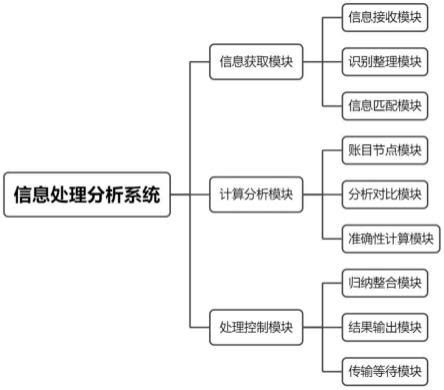Title: Managing Asymmetric Information in Blockchain: Strategies and Solutions
In the realm of blockchain technology, managing asymmetric information is a crucial challenge. Asymmetric information occurs when one party possesses more or better information than another party in a transaction or interaction. This information asymmetry can lead to mistrust, inefficiency, and even exploitation within blockchain networks. However, there are several strategies and solutions to address this issue effectively.
1. Transparency and Disclosure:
Implementation of Open Protocols:
Embrace open protocols and standards that promote transparency in blockchain transactions. This includes utilizing public blockchains where transaction records are openly accessible to all participants.
Complete Information Disclosure:
Encourage all parties involved in blockchain transactions to disclose relevant information openly. This could involve disclosing transaction details, smart contract terms, and identity verification protocols.
Auditing Mechanisms:
Introduce auditing mechanisms or thirdparty verification services to ensure that disclosed information is accurate and trustworthy.2. Consensus Mechanisms:
Proof of Work (PoW) and Proof of Stake (PoS):
Implement consensus mechanisms such as PoW or PoS that require network participants to expend resources or stake assets to validate transactions. These mechanisms incentivize honesty and discourage malicious behavior by making it economically irrational to act against the network's interests.
Delegated Proof of Stake (DPoS):
Utilize DPoS, where network participants vote for trusted nodes to validate transactions. This mechanism enhances decentralization and promotes transparency by allowing stakeholders to select trustworthy validators.3. Smart Contract Design:
SelfExecuting Contracts:
Develop smart contracts that automatically execute predefined actions when specific conditions are met. By embedding predetermined rules and conditions within the blockchain, smart contracts reduce the potential for information manipulation or interpretation.
Oracles:
Integrate oracles, which are trusted external data sources, to provide realworld information to smart contracts. Oracles help bridge the gap between onchain and offchain data, enabling blockchain applications to access accurate and timely information.4. Education and Awareness:
User Education:
Educate blockchain users about the risks associated with asymmetric information and the importance of transparency in blockchain transactions. Provide resources and training materials to help users make informed decisions and mitigate potential risks.
Regulatory Compliance:
Stay abreast of regulatory developments in the blockchain space and ensure compliance with relevant laws and regulations. Regulatory clarity can promote trust and transparency in blockchain ecosystems.5. PrivacyEnhancing Technologies:
ZeroKnowledge Proofs (ZKPs):
Implement ZKPs to enable verifiable transactions without revealing sensitive information. ZKPs allow parties to prove the validity of a statement without disclosing the underlying data, thereby preserving privacy while maintaining transparency.
Homomorphic Encryption:
Explore homomorphic encryption techniques to perform computations on encrypted data without decrypting it. This technology enables privacypreserving data analytics and computations on the blockchain.6. Reputation Systems:
Rating Mechanisms:
Establish reputation systems where participants can rate each other based on past interactions and behavior. High ratings indicate trustworthiness, while low ratings serve as a warning sign for potential fraud or dishonesty.
Social Proof:
Leverage social proof and community feedback to assess the credibility of blockchain actors. Publicly available reviews, endorsements, and testimonials can help participants make informed decisions and build trust within the ecosystem.In conclusion, managing asymmetric information in blockchain requires a multifaceted approach that combines technological innovations, regulatory compliance, and user awareness. By promoting transparency, implementing robust consensus mechanisms, designing secure smart contracts, educating users, leveraging privacyenhancing technologies, and fostering reputation systems, blockchain ecosystems can mitigate the risks associated with asymmetric information and foster trust among participants. Embracing these strategies and solutions will contribute to the longterm viability and sustainability of blockchain networks.
标签: 区块链如何解决信息不对称问题 区块链对信息安全的影响


